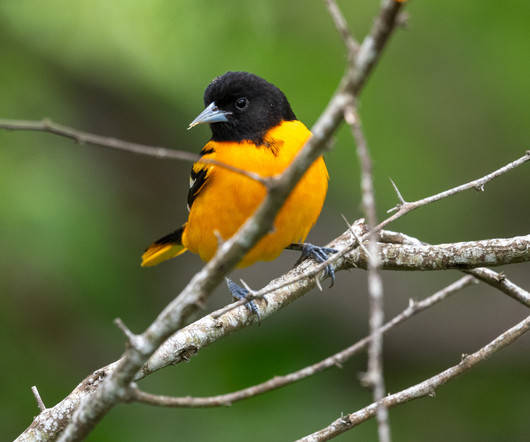Huizaches, Granjenos, and Nopales
10,000 Birds
NOVEMBER 20, 2019
Chief among these are three trees, known here as Huizaches (Sweet Acacia, Vachellia farnesiana), Granjenos (Spiny Hackberry, Celtis ehernbergiana), and Nopales (Prickly Pear, various species). But the area would not be home for more than 120 species, if it were not for those thorny trees. Humans like me enjoy eating them, too!
























Let's personalize your content